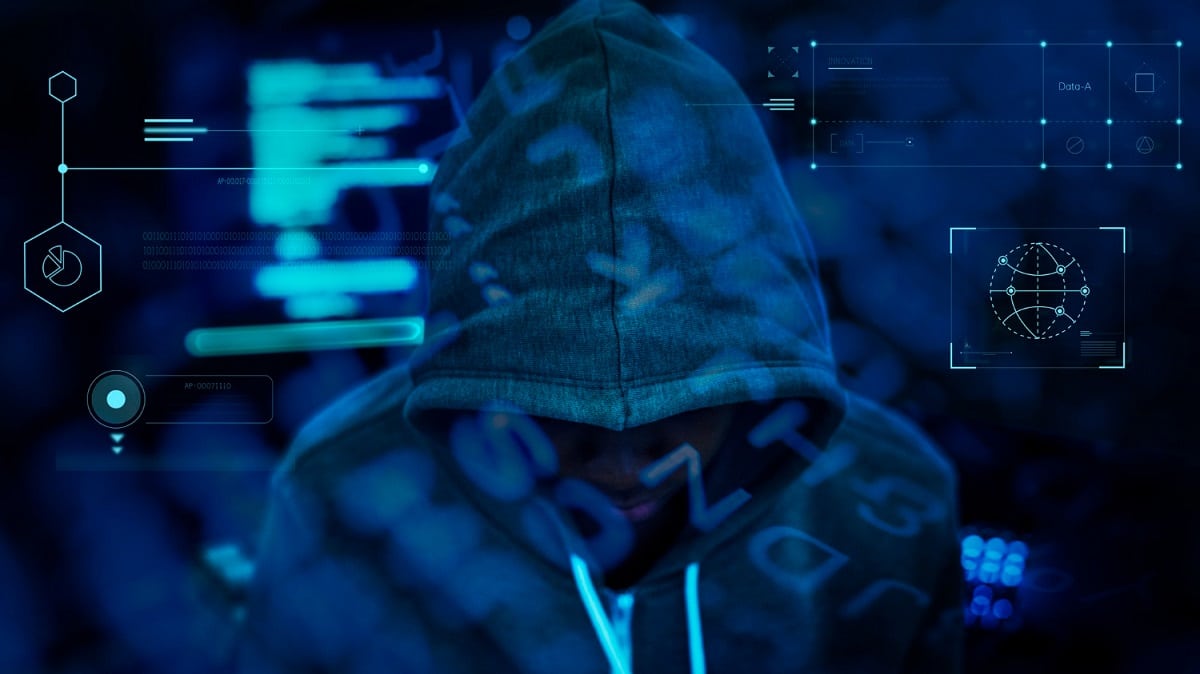Here’s the translated text:
—
Ransomware, a term known by most in the tech sector for over fifteen years, has become the pinnacle of cybercrime worldwide. Although the concept emerged in the early 2000s, it was from 2013 onwards, with the arrival of CryptoLocker, that ransomware transformed into a massive and sophisticated threat. Since then, it has evolved into a global phenomenon affecting businesses, institutions, and citizens around the world.
What is ransomware and when did we first know about it?
Ransomware is a type of malicious software that encrypts the user’s files and demands a ransom, usually in cryptocurrencies, to restore access. While the first documented cases date back to the late 1990s, such as the rudimentary “AIDS Trojan” from 1989, it was between 2005 and 2006 that the first “modern” ransomware attacks began appearing in Eastern Europe. However, it wasn’t until CryptoLocker’s emergence in 2013 that this type of attack gained worldwide notoriety, spreading rapidly due to the anonymity of cryptocurrencies and the professionalization of criminal groups.
Since then, ransomware has marked a new era in cybercrime, forcing organizations and governments to allocate increasing resources to combat this threat.
Why does ransomware lead cybercrime?
1. An irresistible economic model for criminals:
Ransomware is one of the most profitable businesses in cybercrime. The ransoms demanded can range from a few thousand to several million euros, depending on the victim’s profile. Transactions with cryptocurrencies make tracing difficult, and attackers operate from jurisdictions where prosecution is challenging.
2. Increasingly sophisticated attacks:
In recent years, attacks have shifted from being random to being targeted and planned. Criminals research their victims, assess their payment capacity, and design double or triple extortion campaigns, combining data encryption with the threat of publishing confidential information or launching denial-of-service (DDoS) attacks.
3. Unprecedented economic and social impact:
Large companies, hospitals, municipalities, and even critical infrastructure have fallen victim to ransomware. The paralysis of essential services, economic losses, and reputational damage are enormous. Cases like the Colonial Pipeline attack in the United States (2021), which caused a fuel supply crisis, illustrate the global and cross-sectional reach of this phenomenon.
4. Professionalized criminal ecosystem:
Today, there are “Ransomware-as-a-Service” (RaaS) platforms that allow any cybercriminal without advanced knowledge to launch sophisticated attacks by renting tools for a commission. This model has facilitated an explosion of attacks worldwide.
5. Structural vulnerability and massive digitalization:
Digital transformation and the rise of remote work have opened new security gaps. Phishing, exploitation of vulnerabilities, and credential leaks are common entry points. Many organizations lack resources for adequate defense, making them particularly vulnerable.
A look at the numbers
According to various international reports, the number of ransomware attacks has increased tenfold in the last decade. In 2023, according to Chainalysis, the total ransom payments exceeded $1.1 billion, a record high. The annual report from ENISA and Sophos indicates that more than 60% of European organizations have experienced some ransomware attempt in recent years.
What can organizations do?
In the face of this threat, experts recommend:
- Maintaining up-to-date and offline backups.
- Implementing strict update and patching policies.
- Raising employee awareness about social engineering and phishing.
- Segmenting networks and limiting user privileges.
- Utilizing advanced monitoring and response solutions (EDR/XDR).
Looking to the future
Ransomware shows no signs of waning. In fact, artificial intelligence and automated attack tools are enabling increasingly complex and personalized campaigns. The trend towards data leaking and multi-extortion underscores the danger of these types of attacks.
After more than fifteen years since ransomware entered the cybersecurity vocabulary, it remains the peak of global cybercrime, shaping the agenda for businesses, governments, and digital security experts. The challenge now is to find ways to break the cycle of vulnerability and extortion, focusing on international cooperation, sustained investment, and a culture of prevention.
Source: Cybersecurity News
—

